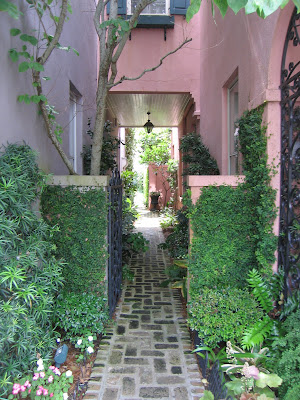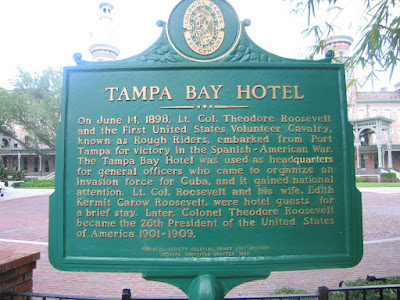Two cities that have always attracted me in the US are Savannah and Charleston. They are very much alike and at the same time at the opposite end of the spectrum from one another. Savannah, founded by Oglethorpe in 1733 as the capital of the British colony was the Southern outpost to protect the Colonies from the French in Louisiana and the Spanish in Florida.
Charleston was founded in 1670 as Charlestowne was another major center for commerce and trade in the South. Like Savannah it was religiously tolerant having the 4th Synagogue in the US and only Huguenot Church in the Colonies (Savannah was 3rd Synagoge). Savannah is a few miles inland and was laid out along a great garden and square plan along the Savannah River, where purchasers of land along the central quadrant also got farmland on the outskirts. Charleston is a little more European in style by the way it is laid out along Charleston bay at the confluence of 4 rivers. Both cities relied on Plantations and the products of these for their wealth.
Today, both Cities today vie for Tourist dollars selling their quaint charm and history and flavors of the South. Savannah is a little grittier with gorgeous squares where dubious characters exercise their freedoms. Charleston is nicely painted like an elderly lady, with too much makeup offering the finest private gardens but few open parks. Both cities appeal to the romance in our life and the history we hear of the Old South.
 Agapanthus planted square in Savannah
Agapanthus planted square in Savannah Tourist ride the beautiful historic tours of Savannah
Tourist ride the beautiful historic tours of Savannah Beautiful city home in Savannah
Beautiful city home in Savannah
Another Savannah Antebellum Mansion

On the way to Charleston one finds marvelous surprises
 Mansion along the Battery in Charleston displaying typical private yards
Mansion along the Battery in Charleston displaying typical private yards
Grand entry to grand house that has witnessed a lot of American history

Courtyards, grillwork and alley ways a hallmark of the beautiful private gardens of Charleston














 fountain commissioned by Plant's wife to honor his accomplishments in 1898
fountain commissioned by Plant's wife to honor his accomplishments in 1898






























